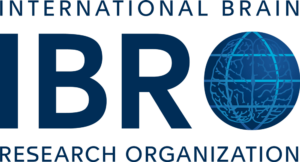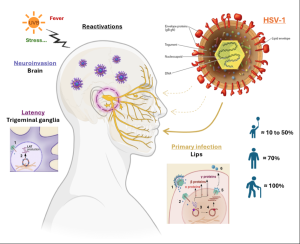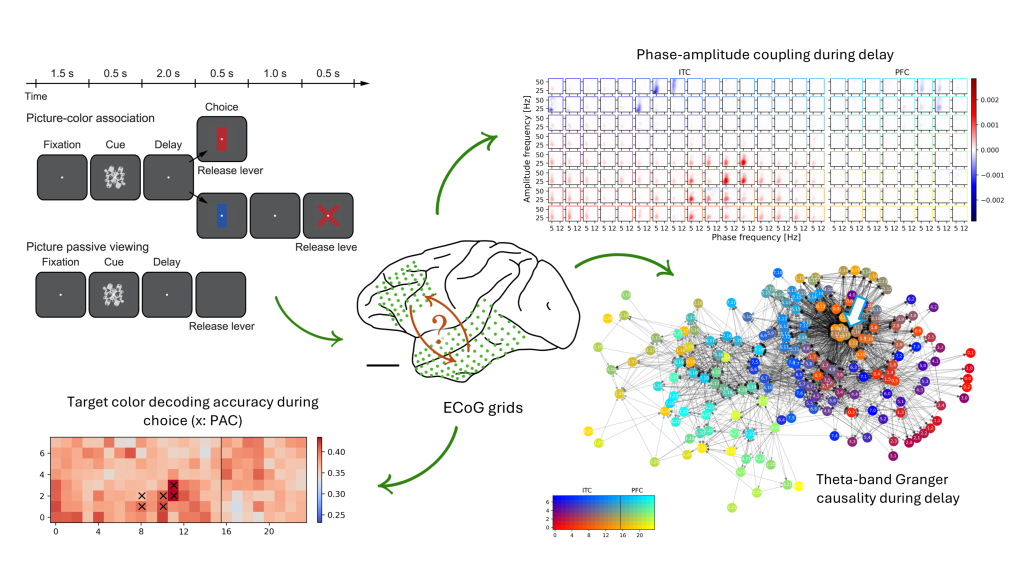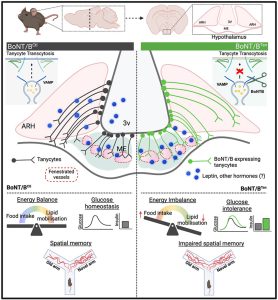French Neuroscience Society – IBRO awards
In partnership withIBRO, the French Neuroscience Society offers support to PhD students and young researchers to attend the NeuroFrance 2025 meeting and the opportunity for foreign neuroscientists to visit French laboratories to search for a post-doctoral position in France.
Support amounts to:
- € 500 for award-winners residing in France
- € 1,000 for award-winners residing in Europe (except France)
- € 1,800 for award-winners residing outside Europe
Eligibility criteria:
The following documents must be provided (please use PDF files):
L’appel à candidatures est clos.
2025 Awardees

Amel Bouloufa, France
My research focuses on the role of the axon initial segment (AIS) of serotonergic neurons in the dorsal raphe nuclei in regulating mood, anxiety, and responses to antidepressant treatments. I investigate the effects of both conventional selective serotonin reuptake inhibitors (SSRIs) and emerging psychedelic therapies, such as LSD, in rodent models. Using a combination of electrophysiological, behavioral, and molecular approaches, I examine the impact of these treatments on the 5-HT system and emotional regulation. Notably, I have shown that in rats, but not in mice, the antidepressant-like effects of LSD are mediated, in part, by activation of the 5-HT2B receptor. Ultimately, my work aims to contribute to the development of more effective therapeutic strategies for treatment-resistant depression.


Axel Legrand, France
Our project explores the hypothesis that neuro-invasion of Alphaherpesviruses could trigger or contribute to the formation of Alzheimer-like lesions in the brain. Using a multidisciplinary approach, our project aims to decipher the causal role of Herpes Simplex Virus Type 1 (HSV-1) and Varicella-Zoster Virus (VZV) in the physiopathology of Alzheimer’s disease by combining experimental and controlled studies in animal models as well as epidemiological analyses in human cohorts measuring associations between Alzheimer’s disease biomarkers and infectious status.

Balint Varga, Hungary
Color based visual working memory (WM) relies heavily on the fronto-temporal cortical network, orchestrating complex neural interactions at several scales of organization. In my current research, I analyze ECoG signals from the macaque cortex to uncover the dynamics of WM processing at the barely understood mesoscale. Notably, I identified a temporal region exhibiting heightened phase-amplitude coupling during a WM task, suggesting its critical role in cognitive representation. Through decoding analysis, I explored the specific cognitive aspects encoded within this region, shedding light on its functional significance. To further elucidate its integration within the broader fronto-temporal network, I employed spectral Granger causality, mapping the directional flow of information within and across the temporal and prefrontal areas.

Eleonora Dallorto, Italy
My research project deals with the identification of cellular and molecular mechanisms crucial for mitochondrial function in postnatal brain and their implication in cognitive disorders. In particular, I am focusing on the mitochondrial dysfunction caused by deficiency of the transcriptional regulator Nr2f1 (also known as COUP-TFI) within the mouse hippocampus and hiPSC-derived neurons, in order to investigate its outcome on neuronal plasticity and function. The goal is to uncover early pathogenic mechanisms that could inform future therapeutic strategies, and at the same time to contribute to our knowledge of rare genetic disorders affecting brain development.
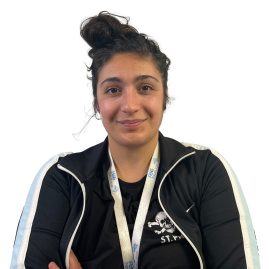
Eleonora Deligia, France
My research explores how leptin, an anorectic adipokine, enters the brain and regulate metabolism. Tanycytes, glial cells lining the third ventricle, regulate this transport and are central to my work. In obesity, tanycytic function is impaired, reducing leptin access to hypothalamic neurons. I thereby explore strategies to manipulate tanycytic function to restore leptin central transport, uncovering new therapeutic avenues to fight obesity.
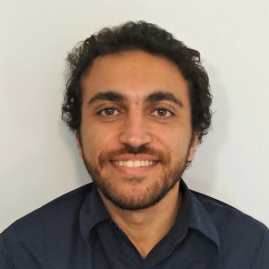
Mohamed Abdelhack, Canada
I work at the intersection of computational and cognitive neuroscience, artificial intelligence, and psychiatry to unravel the neural underpinnings of perception, cognition, and mental health and how they relate to physical health. My research leverages deep learning and advanced data analytics to model brain function. I build models that reveal neural relationships that cover different transdiagnostic symptoms of mental illness. With an interdisciplinary background and a commitment to developing integrative, biologically plausible models, I aim to bridge computational theory with clinical application and advance our understanding of brain function in both health and disease.

Nejmeh Masshour, France
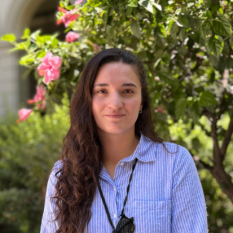
Nicole Sanhueza Cubillos, Chile
My research explores how Ten-eleven translocation (Tet) interacts with the Slit-Robo signaling pathway during the development of the mushroom body, a key structure in the brain, involved in learning and memory in Drosophila melanogaster. I aim to uncover how Tet influences axon guidance and morphology through RNA modifications, influencing neuronal connectivity, using a combination of genetics, molecular biology, and imaging techniques. This research could provide new insights into how the brain develops and functions.
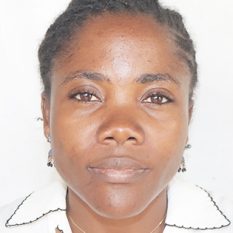
Ruth Edwige Dibacto, Cameroon
Spice Xylopia parviflora acts as a potent antioxidant and neuroprotective agent against H2O2 and AlCl₃-induced oxidative stress and cognitive decline. Xylopia parviflora prevented memory deficits in rats by significantly reducing cholinesterase enzyme activity and protecting against morphological alterations and neuronal loss in the hippocampus. It reducedoxidative stress (scavenged free radicals, reduced markers of antioxidant stress, decreased those of pro-oxidant status) and metabolic disturbances.

Valentine Turpin, Ireland
My research focuses on understanding the role of the perinatal gut microbiota in modulating neurovascular interactions and barriers across the microbiota-gut-brain axis. Using mouse models of perinatal microbiome disruption and models of neurodevelopmental disorders, I aim to unravel how microbial signals influence neurodevelopment.
